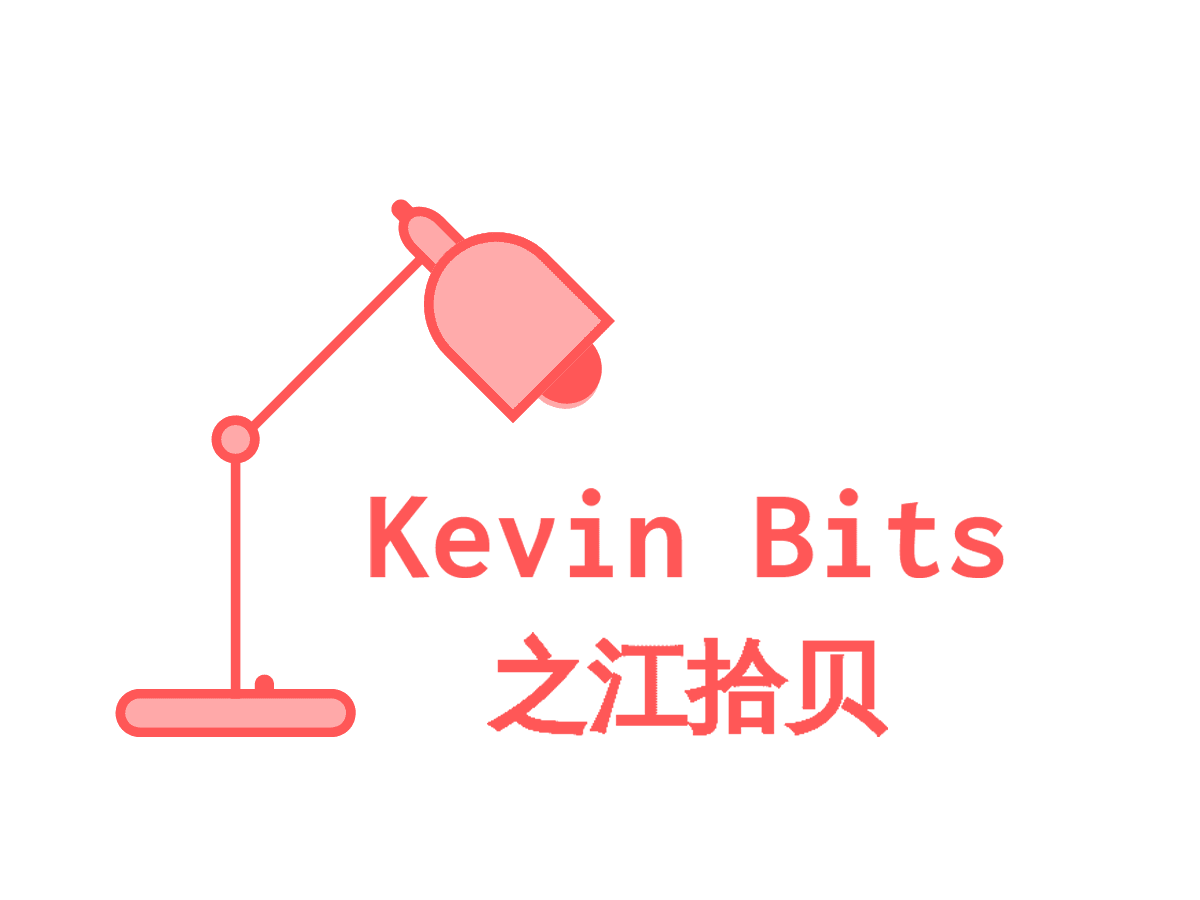Market economies, as advocated by those pioneering economists, primarily rely on market forces – supply and demand, to be self-controlled. However, the economies, from time to time, are subject to monetary control and fiscal control. There are a few monetary tools that the Fed and other central banks have adopted. The primary tool is interest rates, other tools include balance sheet and communication tool.
In normal condition, these control tools would be at a point where maximum maneuverability is available. For the interest rates, it is at 3-4% so that it has the room to go up or down when economic conditions require adjustment in interest rates.
In responding the financial crisis and the Great Recession in 07/08, the Fed used up the interest rate policy by pushing it to the zero lower bound, where the interest rate tool lost further maneuverability and the Fed had to rely on other tools. In a recent speech, the Fed chair Janet Yellen pointed out that 2014 was a “turning point, when the FOMC began to transition from providing increasing amounts of accommodation to gradually scaling it back”. She struck that during this process, the primary tool remains to be interest rate.
From process control perspective, the moving of interest rate out of the zero bound region does not constitute “control” of the economy system. I think the next few interest rate hikes will not significantly affect the economic growth that is underway, i.e., the Fed is intended to regain maneuverability and to scale back accommodation, not to “tighten”.
References:
[1] Janet Yellen, from adding accommodation to scaling it back, remarks at “The Executives’ Club of Chicago”, March 3, 2017
